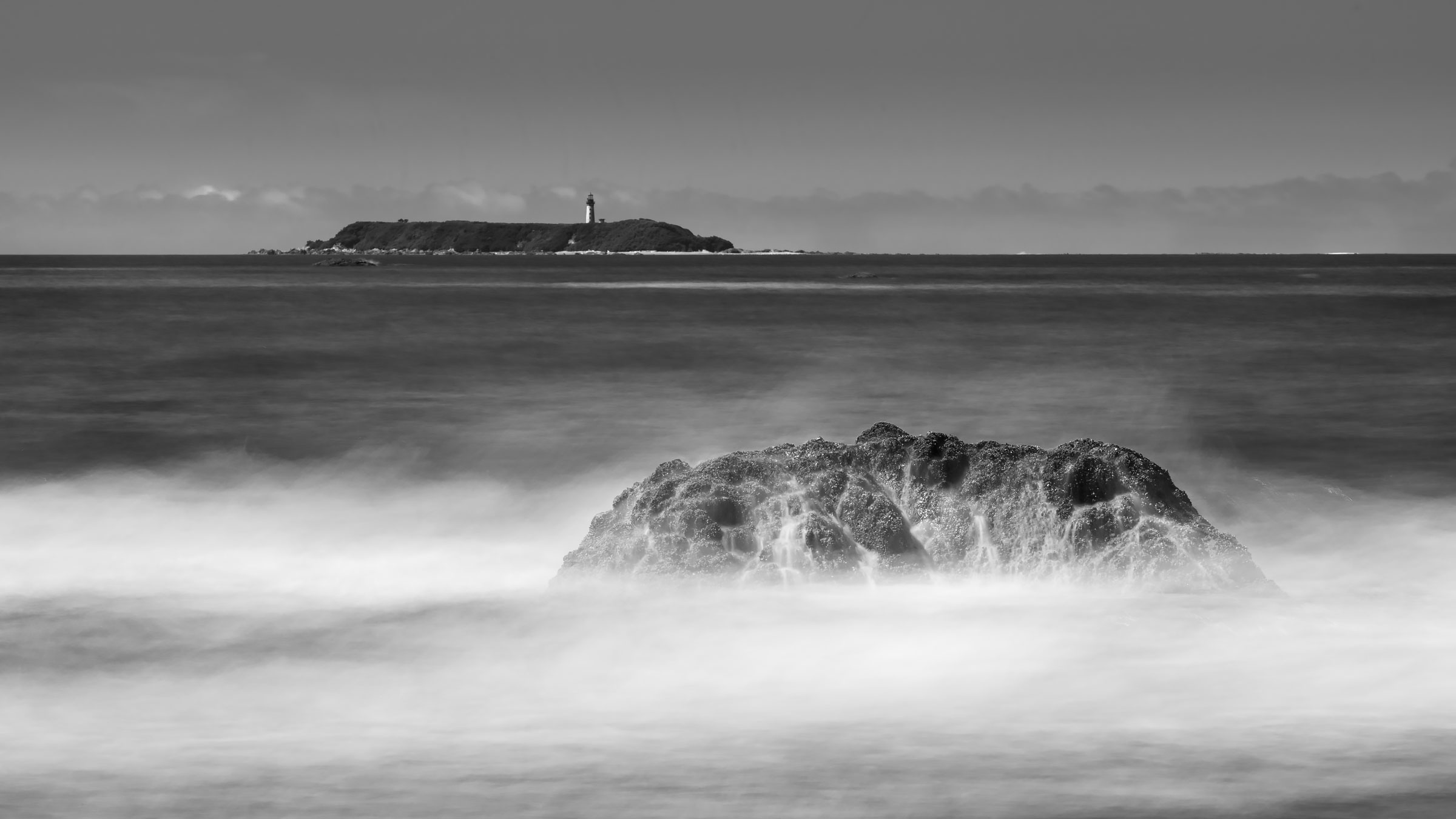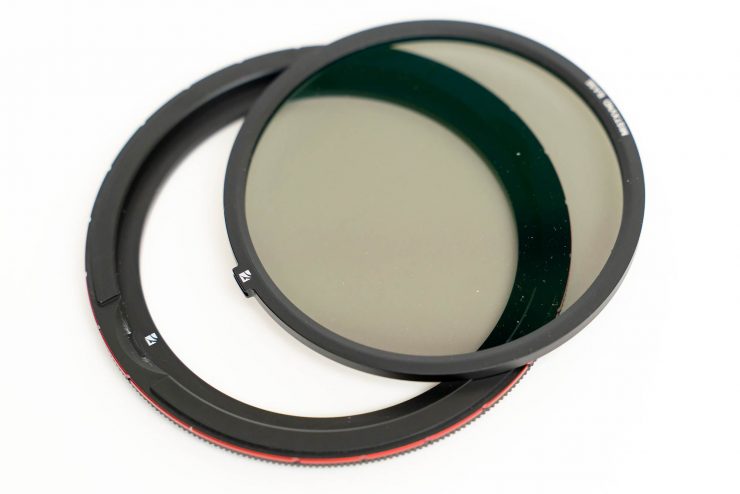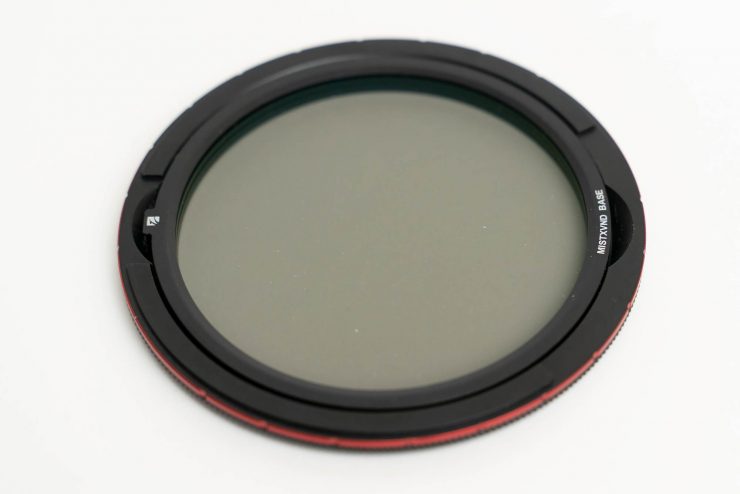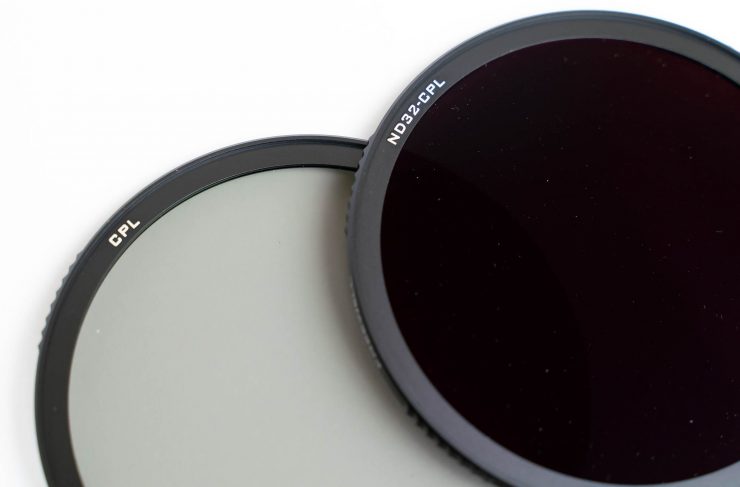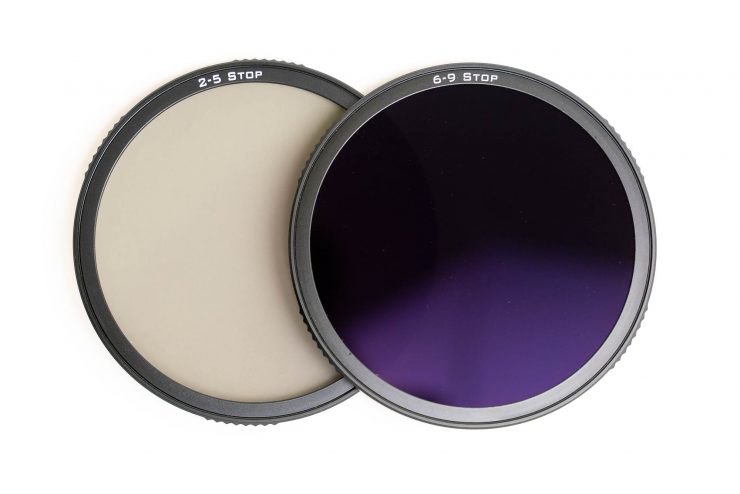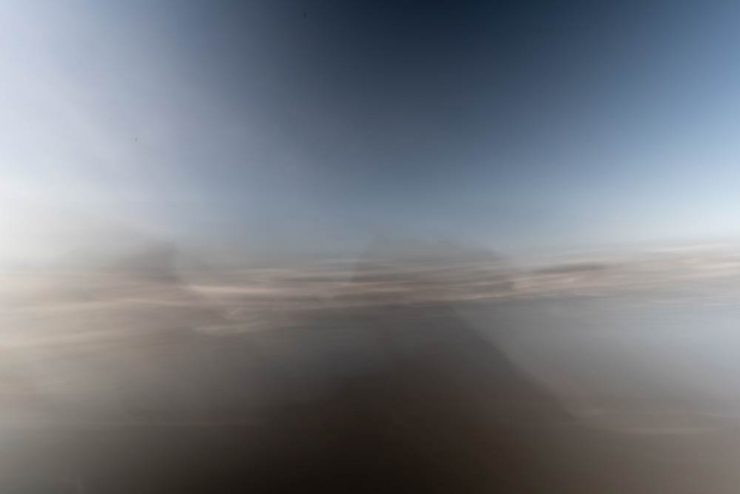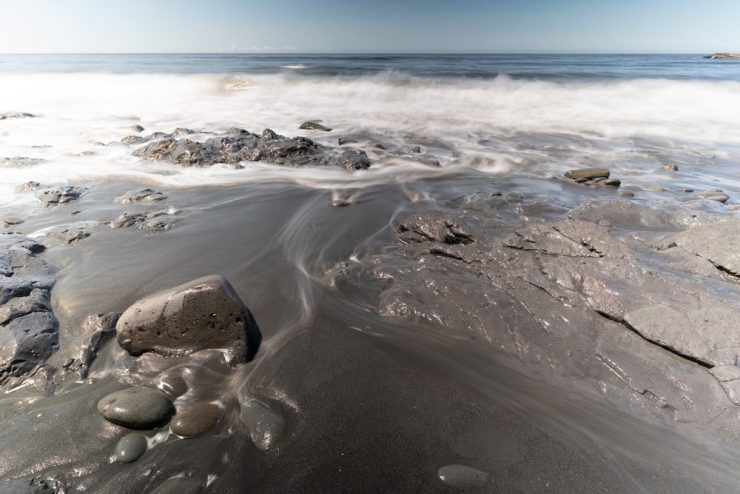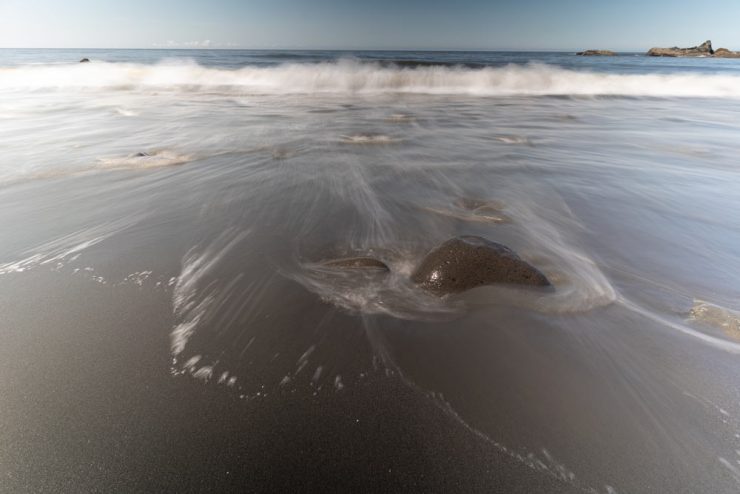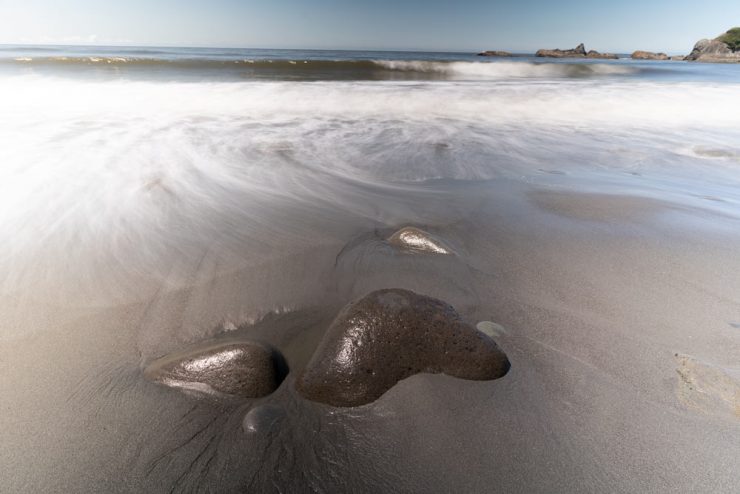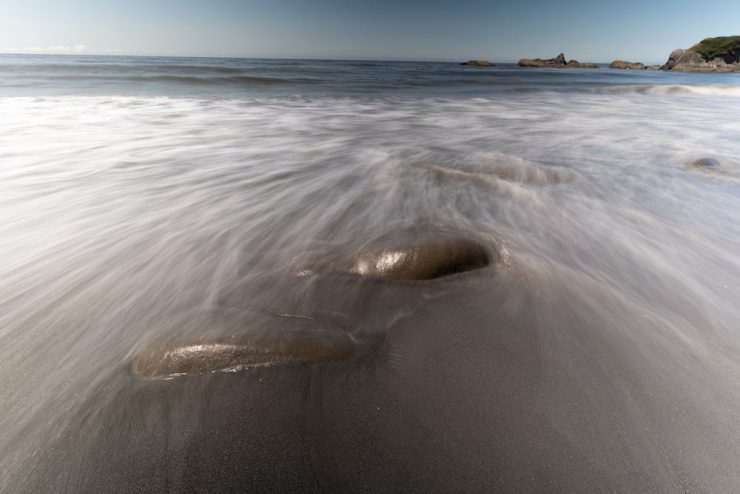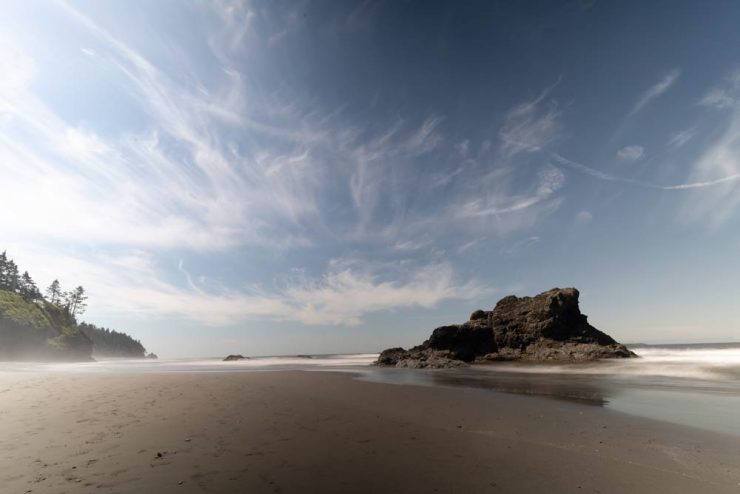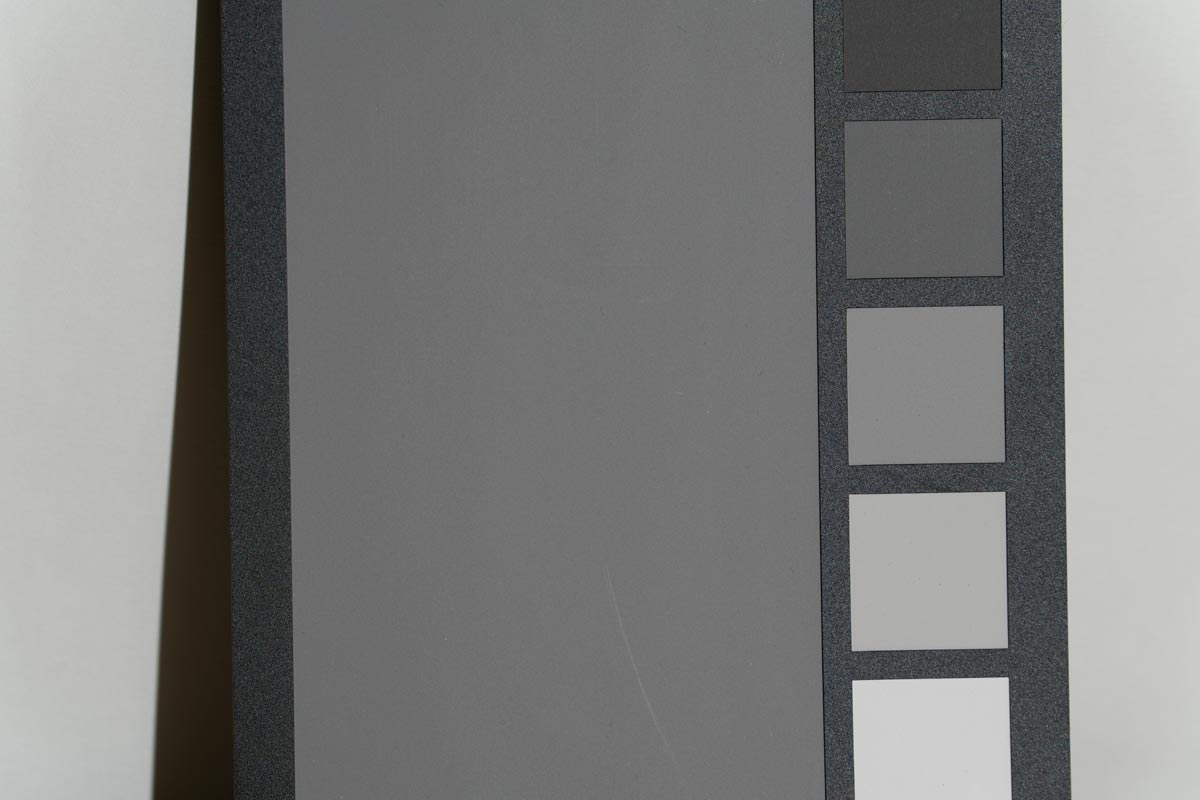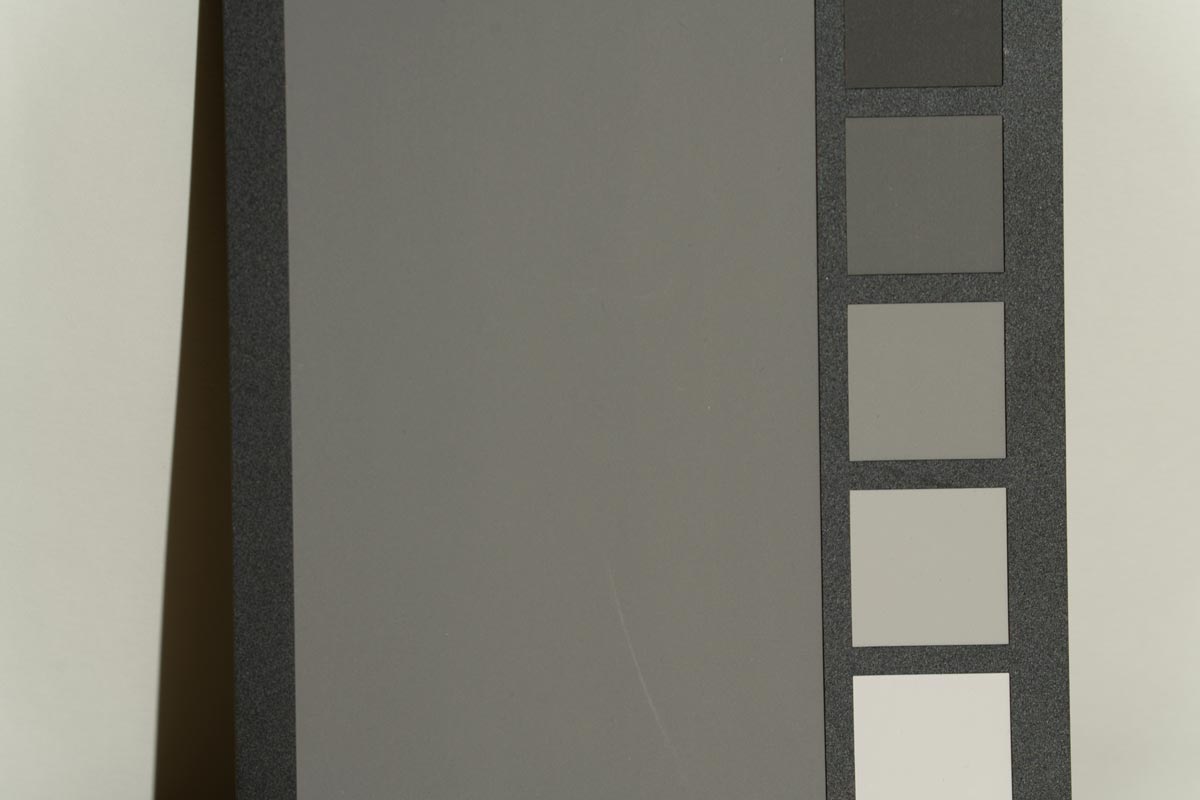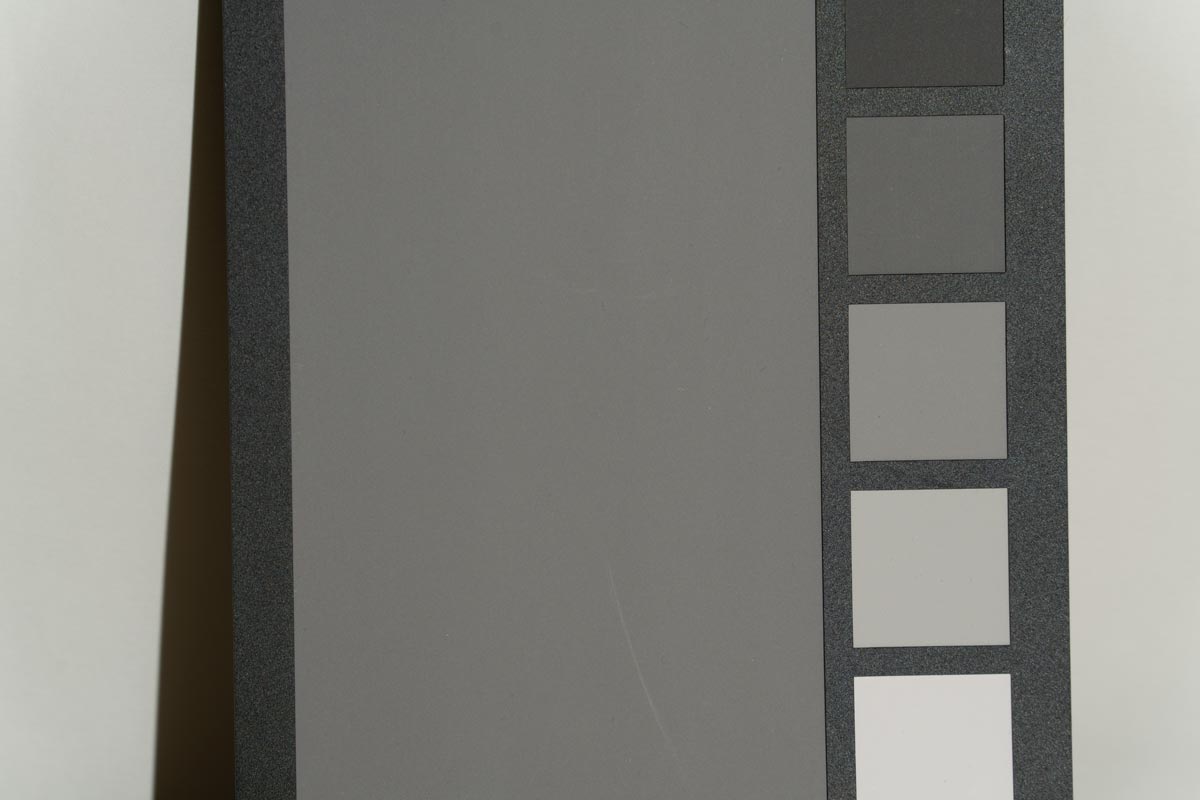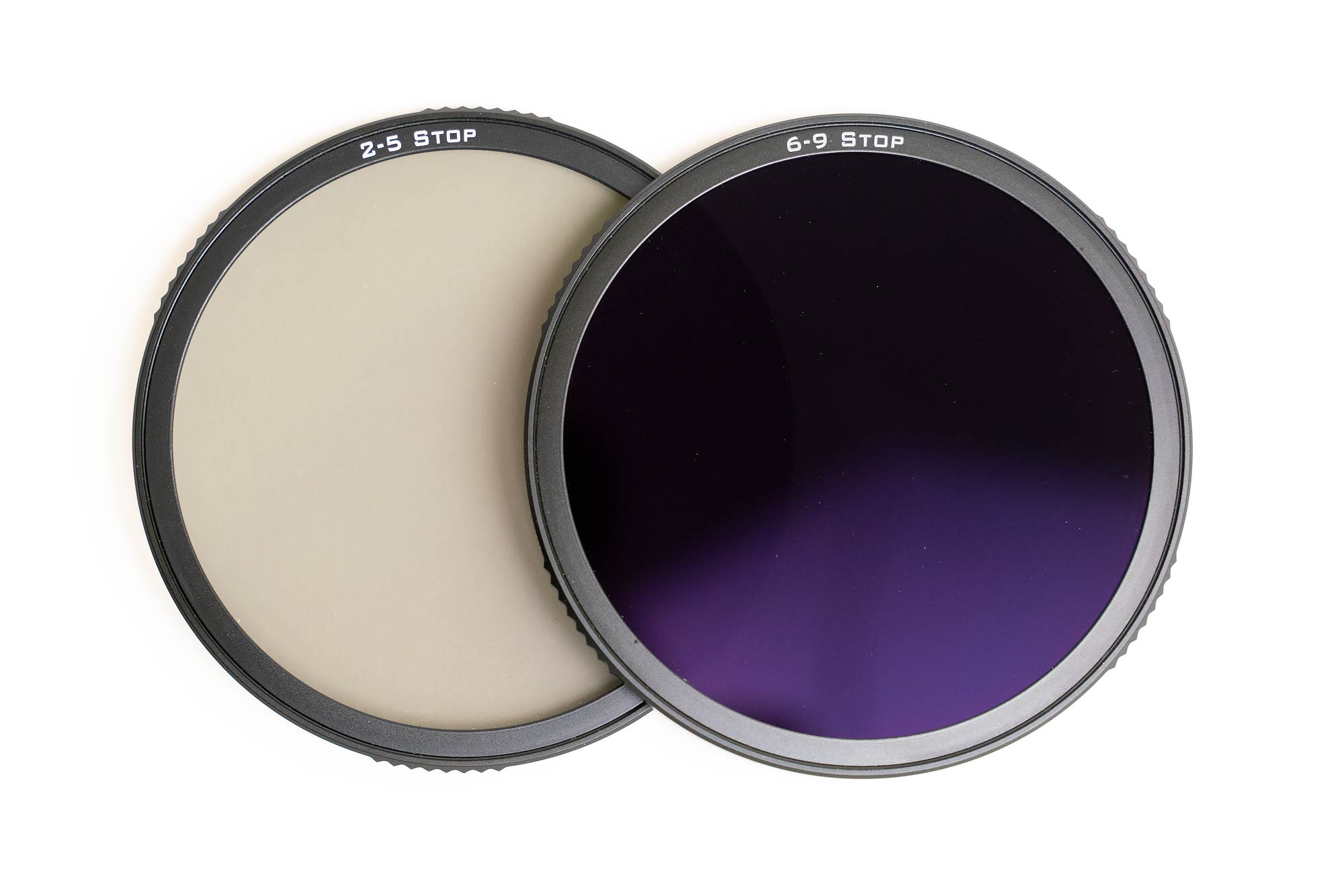The Freewell Versatile Magnetic VND filter kit promises quick and easy to use filters for shooting photographs and video to achieve a variety of different effects. Depending on the configuration, you can shoot with a polarizer, an ND polarizer, anywhere from 2-9 stops of neutral density, and there’s a “mist” filter that can be combined with any of the neutral density configurations. Versatile indeed. The kit is currently only available on IndieGoGo, where you can still get it at an early discount price.
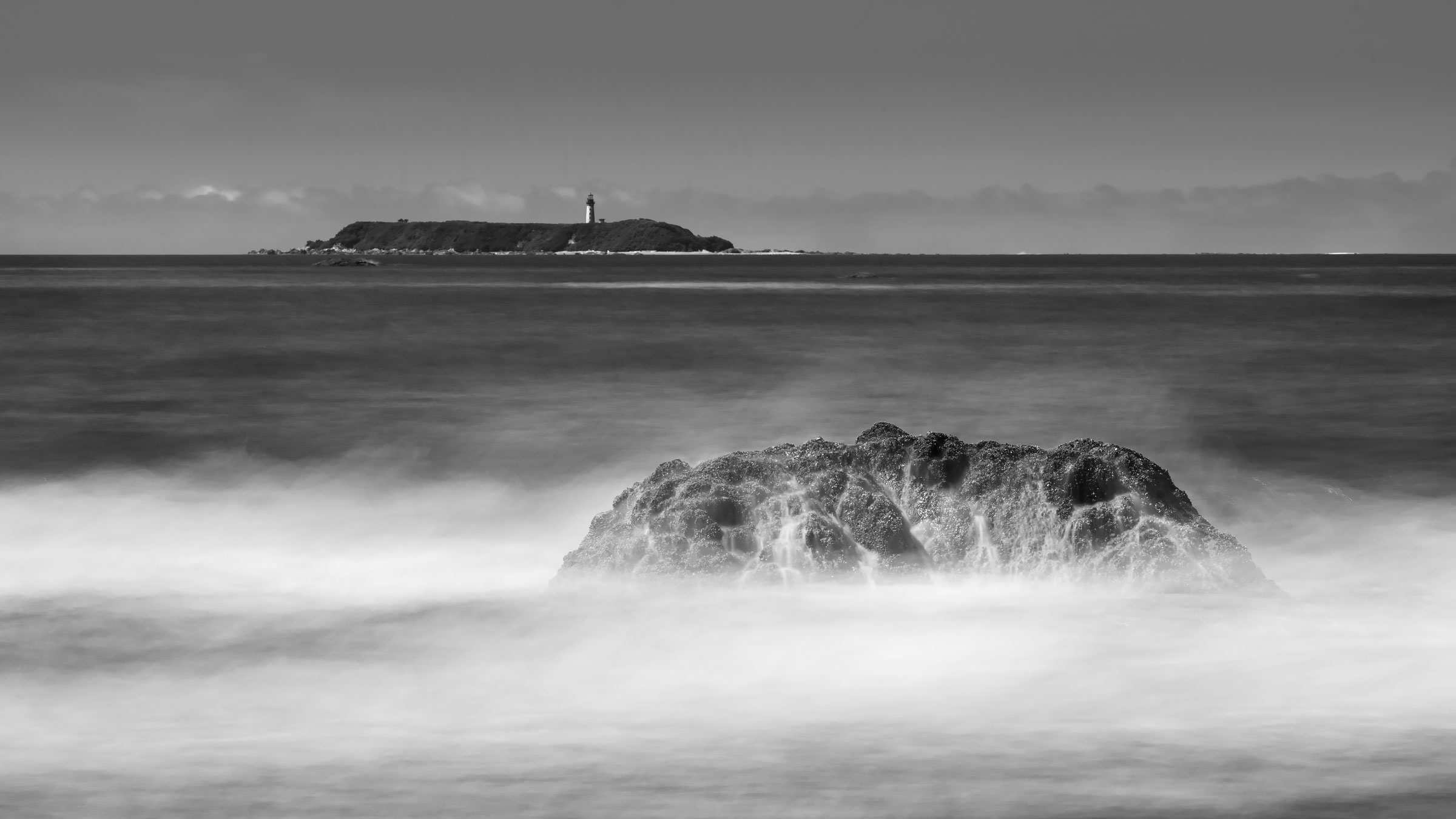
In recent years, we’ve reviewed two nice sets of VND filters (PolarPro and Moment) and a set of magnetic filters (K&F Concept), but this is the first magnetic VND filter that we’ve worked with.
Consequently, we’ll need to judge this filter set on two aspects: the functionality of its magnetic attachment system, and the quality of its VND filters (and filters in general).
What Do You Get?
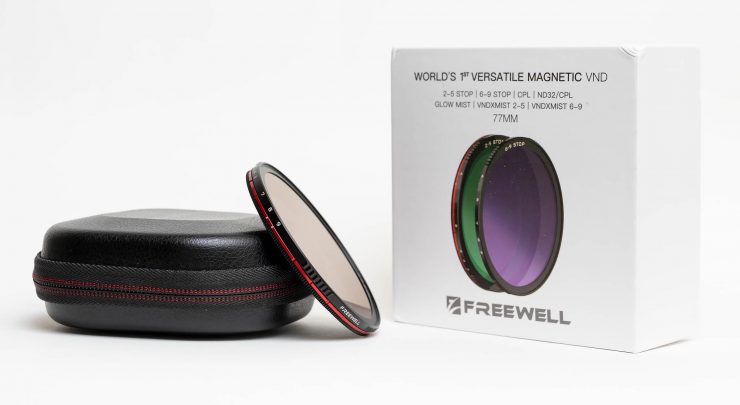
This kit ships in a zip-open carrying case with internal dividers. Inside, you’ll find one magnetic base ring that will attach to your lens, two inner base filters that fit into the base ring (a plain VND base and a “mist” VND base”, and two VND rings (2-5 stops and 6-9 stops) that magnetically attach to the base ring. There’s also a cleaning cloth and a sticker and some other assorted paperwork, including a link to watch the instructional videos online.
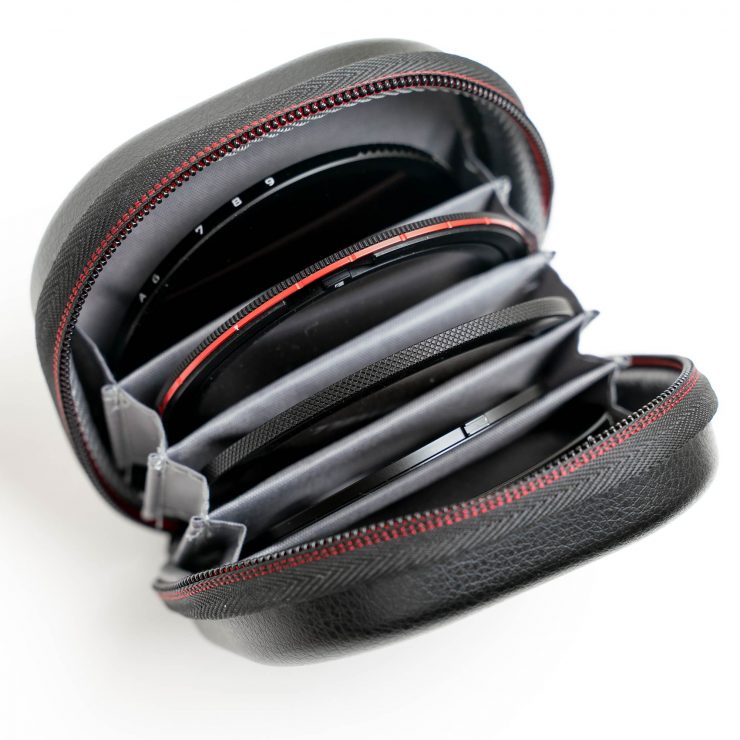
There’s nothing about the packaging or accessories that screams “high end”, but the carrying case is functional and moderately well built, and the filters themselves are good and solid. Everywhere that I expect good grip (the edges of the rings, the tabs to lift the inner rings,etc.) all have good grips, and where the rings rotate against each other, the bare metal-on-metal connection is moderately smooth. There are no moving parts, otherwise.
Magnetic Attachment System: Does it Work?
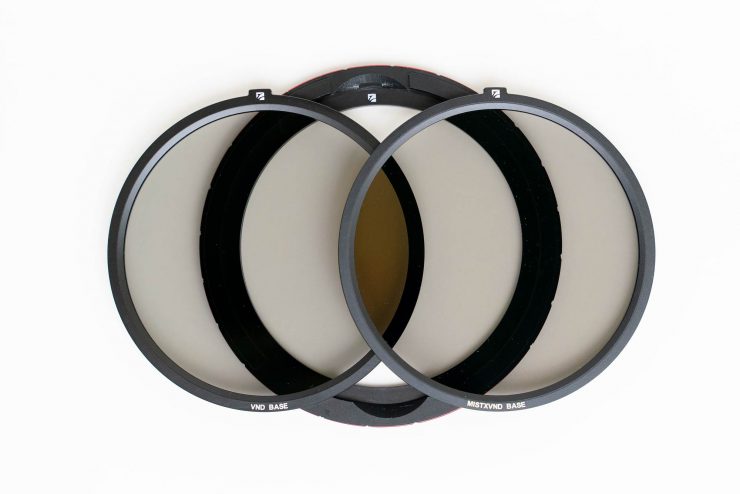
The magnetic attachment system is the most unique part of this whole kit. Luckily, it works and it works well. The filters are quick, sufficiently secure, and because they’re so easy to use, I use them more often than I would otherwise use filters, and that improves my photography. It is especially easy to use the circular polarizer in the system, but the VNDs only take a second more.
How it Works
You’ll begin by attaching the main ring to your lens. This ring has a slot for an inner filter (either the VND base filter or the VND Mist filter) and a top filter.If you want to use a circular polarizer, simply flip the 2-5 stop VND filter outward (it is marked “CPL” on one side), and snap it onto the base ring on the lens, and that’s it. You’re ready to go.
However, if you want to shoot with a VND filter, your first need to snap the VND base filter into the inner filter slot in the base ring on the lens. Then, you flip one of the VND filters so that the “VND” text on the ring is facing you, and snap that on top of the base ring on the lens.
When attaching the top VND filter, there’s an “A” on the edge of the ring that you can line up with an “A” on the base ring, so that you can be sure the two rings are locked together into the grooves that give you hard stops at the end of the VND turning range. More often, though, I snap the filter on without looking for the “A” markers, and then just twist the filter a few times until I’m sure that it’s properly registered.
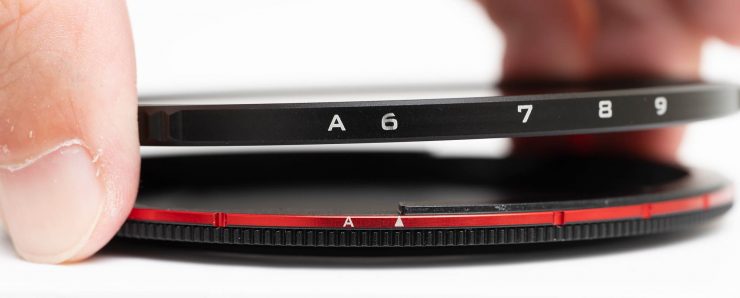
In addition to using the system as a CPL or VND filter, you can also replace the inner VND base filter with a “Mist” VND filter, which works just the same as the other VND filters but adds a “Glow Mist” effect, essentially a bit of diffusion that will smooth out your image a bit. I generally don’t like diffusion filters, so I didn’t test this heavily.
The Only Problem
Working with these magnetic filters was really a nice change from fiddling with fine filter threads, and I didn’t encounter any major problems with them. Of course, you do need to be careful when you’re detaching a filter so that you don’t fling it anywhere when you overcome the magnet’s grip on it.
The only problem that I encountered worth mentioning is actually with the lens cap that ships with the system. It works just like the filters, snapping into place on top of the filters and sticking in place with a solid magnetic grip. The problem, though, is that the cap’s grip appears to be stronger than the base-ring’s grip, so when you try to remove the lens cap, it will always take the filter with it.
To be fair, I’m not entirely certain that the lens cap is intended to be used with a filter in place; it may just be something to use in place of your normal lens cap when the magnetic ring is attached to your lens (which will block your normal lens cap from attaching), and in that case, it works great. [Freewell confirms that the lens cap is only intended for use on the base ring – ed.]
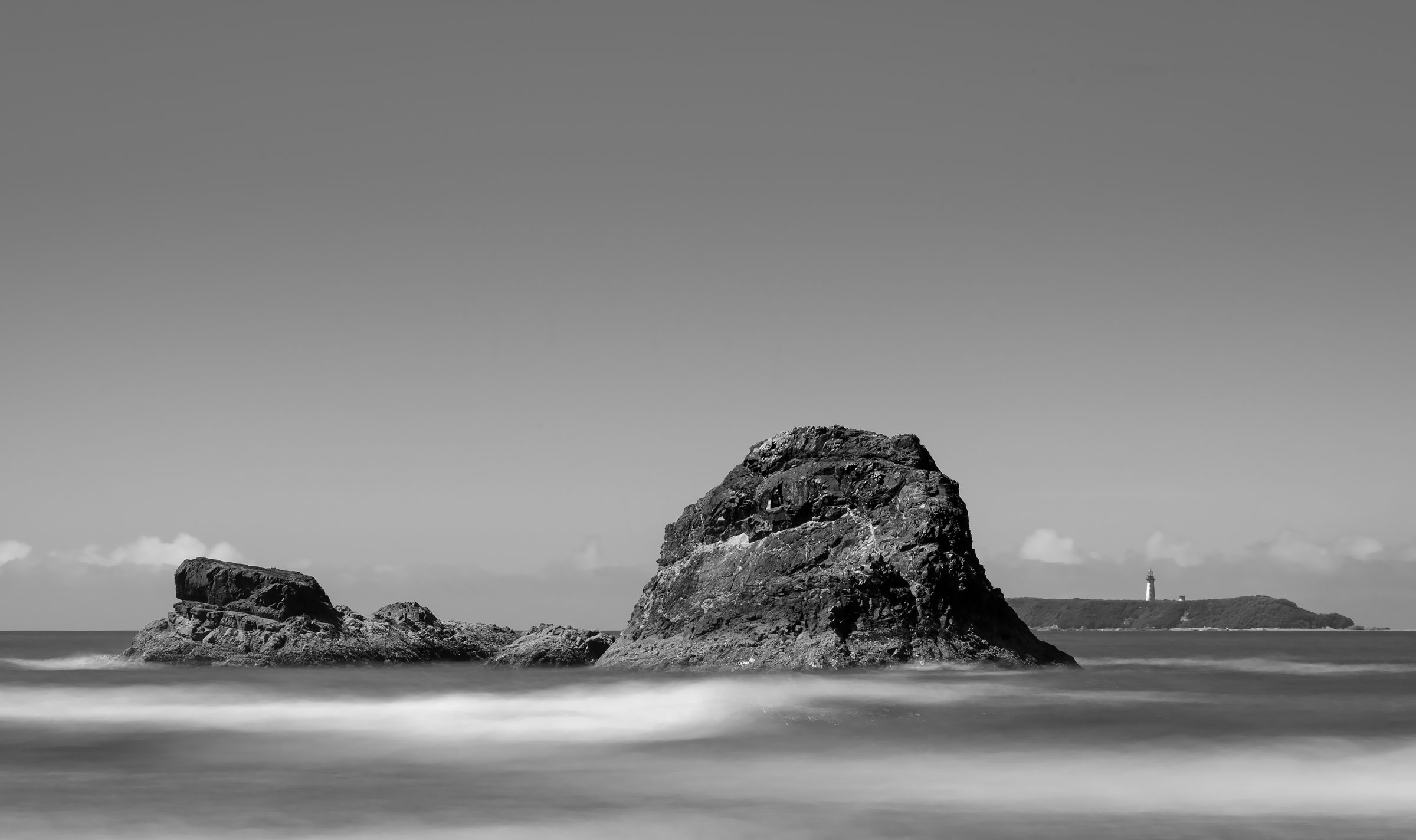
The Quality of the VND Filters
Functionality & Accuracy
When I tested the PolarPro and Moment VND filters in the past, I found that neither of them were perfectly accurate in terms of their f-stop designations. Both filter brands promised 3 full f-stops (EVs) worth of density, but only provided 2 1/3rd stops.
I was expecting similar performance here with the Freewell filters, but I’m happy to report that they actually do a significantly better, as long as you don’t pay attention to the numbers on the edge of the filters too much.
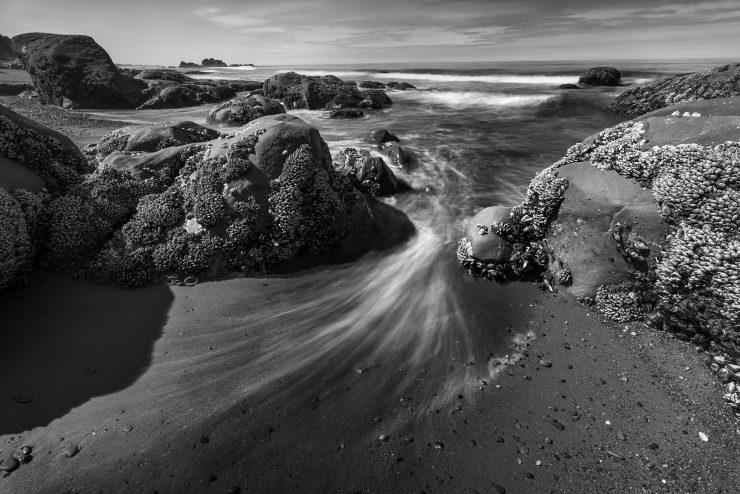
Looking at the 2-5 stop filter, I can get a range of 2 stops (a little before the 2 stop position on the ring) all the way up to 5 and 1/3 stops (at “5” on the ring), so the filter covers a range greater than the claimed 3 stops.
Similarly, looking at the 6-9 stop filter, the “6” position on the ring gives me a little less than 6 stops (5 2/3rds) but turning a bit beyond six gives me six stops, then a bit beyond the 7 and 8 positions give me 7 and 8 stops of density, and then the 9 position gives me exactly 9. So, again, I’m getting 3 and 1/3rd stops of range… just not exactly where I’d expect it.
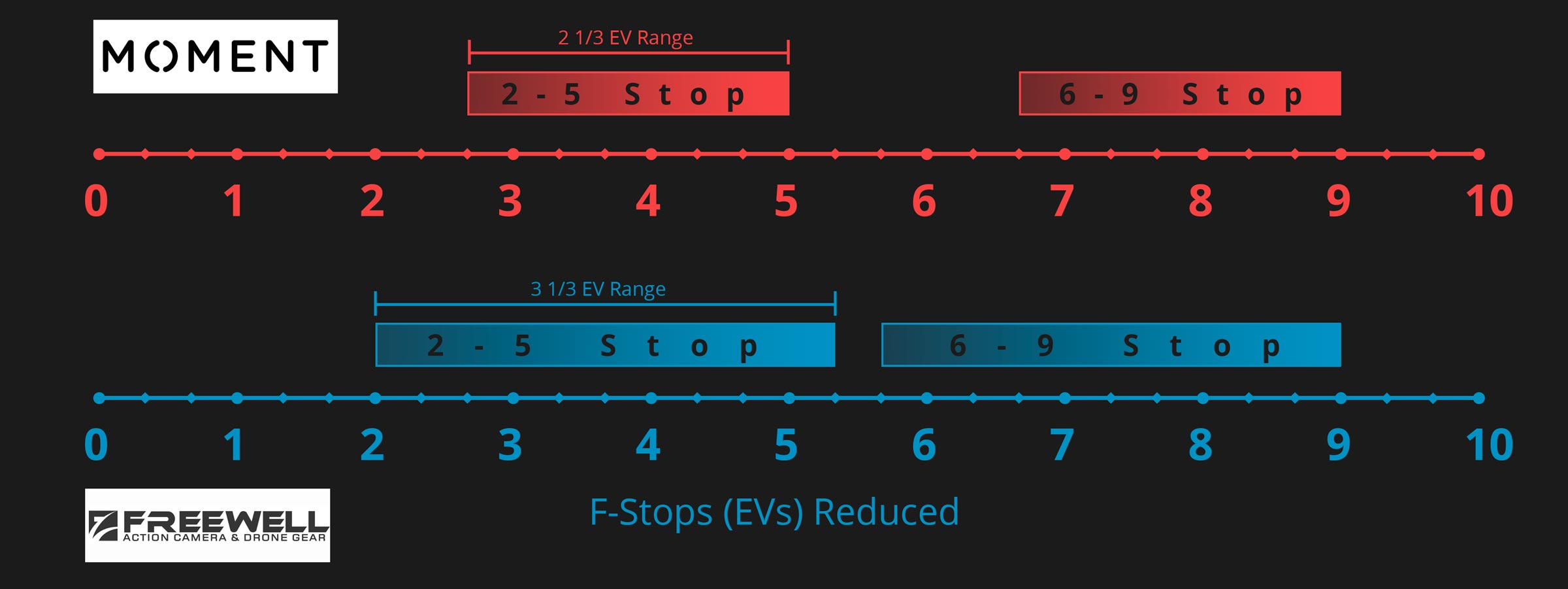
Resolution
There’s always a possibility that adding a couple pieces of flat glass in front of your expensive optics will degrade your resolution, but I didn’t find that to be the case with these filters. Having tested on my 42 megapixel A7RIII and some of my sharpest lenses, there was no visible loss in resolution in the center or edges of the frame when using the Freewell filters compared to test shots with no filters.
Cross Polarization Problems
The problem most commonly encountered with VND filters appears as a dark “X” across the frame, which comes from the pair of polarizers interfering with each other in those areas. In other cases, the component polarizer filters simply don’t block light evenly, so part of the frame may be brighter than the rest of it, which is also a common problem with polarizers when used on wide angle lenses.
I did not encounter the dreaded “X” pattern with these filters. Unfortunately, I did find that many of my wide angle images had dramatically different light across the frame, usually manifesting as a dark bar from the top center to the bottom center of the frame. See the examples below.
So the question is: how does this compare to other VND filters in similar situations? To find out, I took all three sets of filters out to shoot a few test shots: the Freewell, the PolarPro, and the Moment.
And my testing showed that these types of artifacts occur reliably with ALL of my VND filters. I shot this scene, first with no filter:
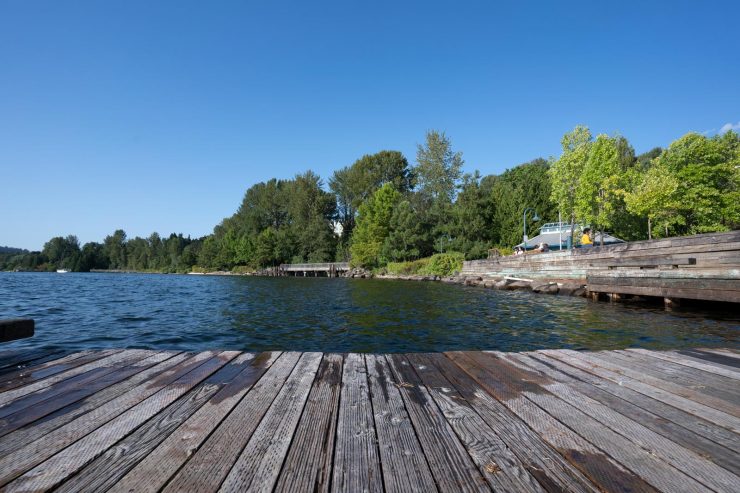
Then, I continued shooting with both Freewell filters, both Moment filters, and the PolarPro 6-9. The polarization problems did not occur at the same settings with each filter, but with each filter there was at least one setting that had serious problems.
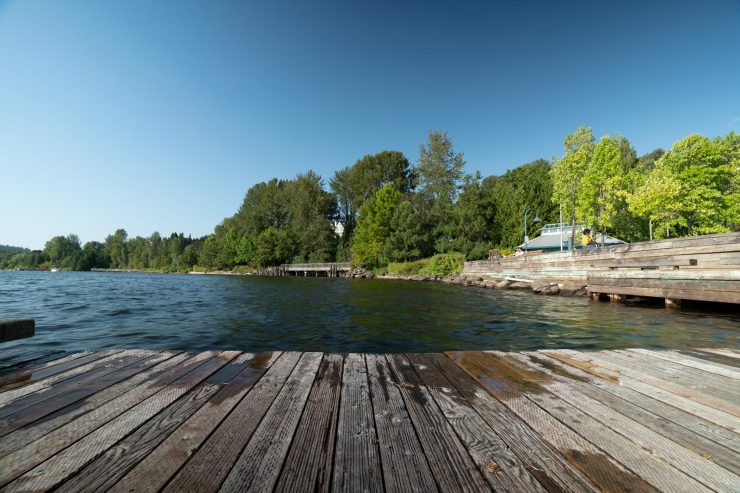
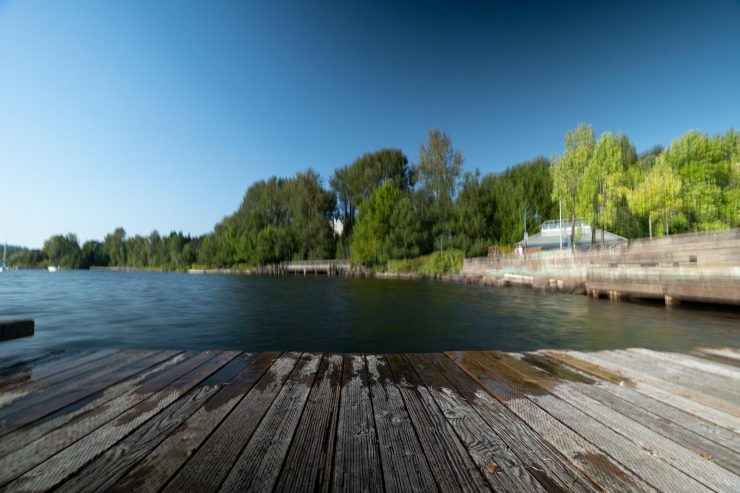
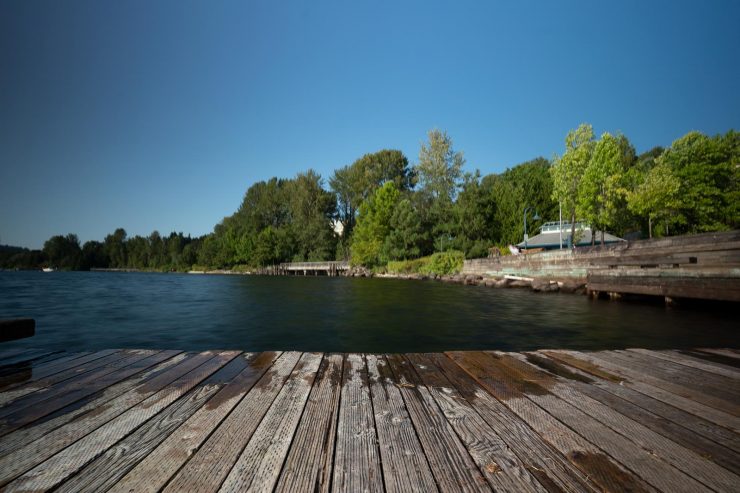
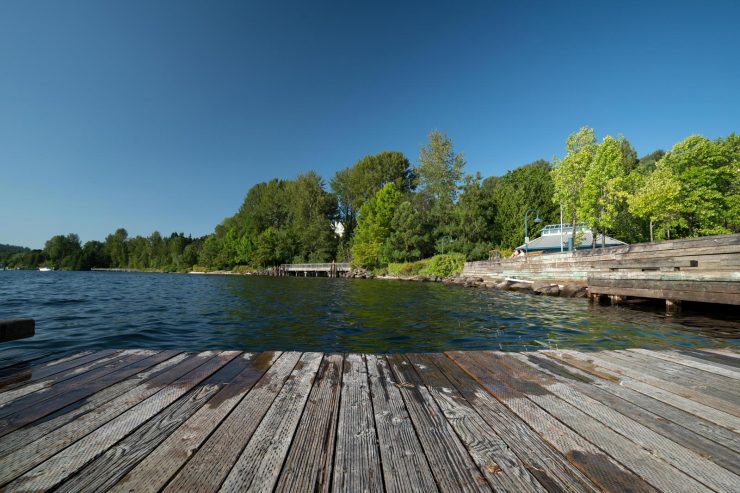
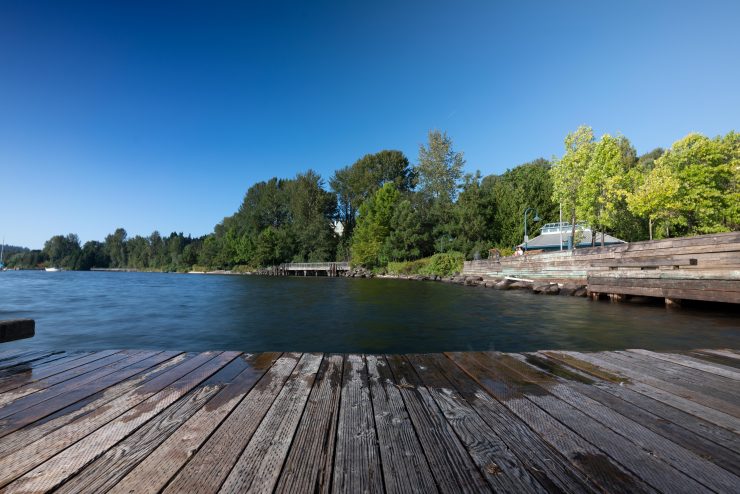
Conclusion: Here, the Freewell VND filters are no worse than the very expensive PolarPro and less expensive Moment, but none of them give acceptable results. If I had just flown to Iceland with these filters and discovered results like these on my memory card at the end of my day, I’d be pissed off.
So, the takeaway from this should be: if you shoot with wide angle lenses, don’t use VND filters… stick with plain old ND filters. They’re available in magnetic mount, too. I didn’t have any trouble with this sort of shading when I was shooting beyond 50mm.
Color
Like most polarizers, these neutral density filters imbue a color cast to your images. The 2-5 stop filter is stronger, with a warm, reddish cast. The 6-9 stop filter is pretty negligible, with just a touch more yellow than neutral grey. Luckily, color cast seemed consistent, regardless of the filter setting.
Generally, a consistent color cast will disappear when you apply auto-white balance in camera or color correction in post. However, color casts may change the relationships between true white and colors similar to the cast and reduce contrast between them. Take this into consideration when shooting.
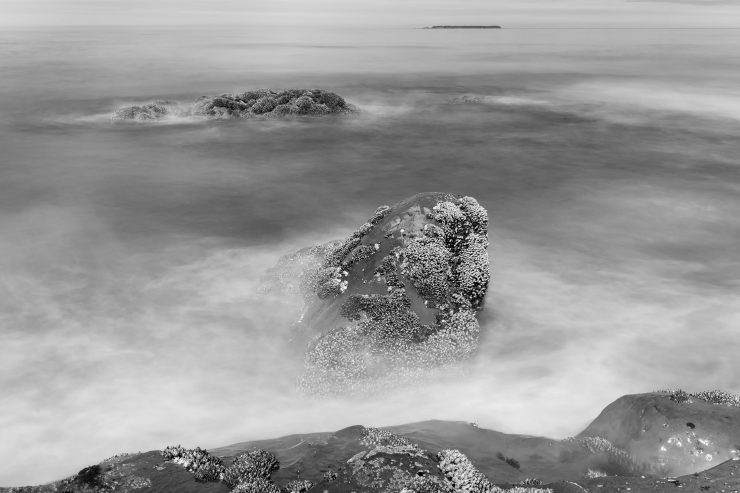
Conclusion and Recommendations
The Freewell Versatile VND filter system has a greater range of real variation than any of the other VND filters that I’ve tested, and their magnetic attachment system is wonderfully quick and easy to use. If you really want a set of VND filters, this is the one to get, according to my tests.
However, if you don’t need a VND (for something like manually adjusting exposure while shooting video), then you might also consider using magnetic-mount standard ND filters, which will not suffer from the obnoxious tonal variations that VNDs do when using wide-angle lenses. Because magnetic filters are so quick and easy to switch, some of the appeal of using a VND filter for its convenience disappears.
Unfortunately, Freewell’s magnetic ND filters tend to cost about $100 each, and only ND64 and ND1000 filters seem to be readily available.
If you’re like me and tend to shoot landscapes with longer lenses, then the Freewell VND kit is truly very versatile, reasonably priced, and hard to beat. As previously mentioned, these are only available on IndieGoGo at the moment, and cost $299 for the kit… less than the price of two PolarPro VNDs and about the same cost as a pair from Moment (neither of which are magnetic).
Freewell provided these filters to me before they are available to the general public, at no cost, for the purpose of an honest review. I did not and will not receive any compensation for the review from Freewell, and the review is as unbiased and honest as I can make it.
